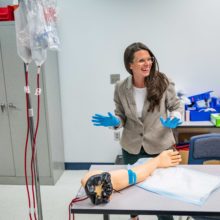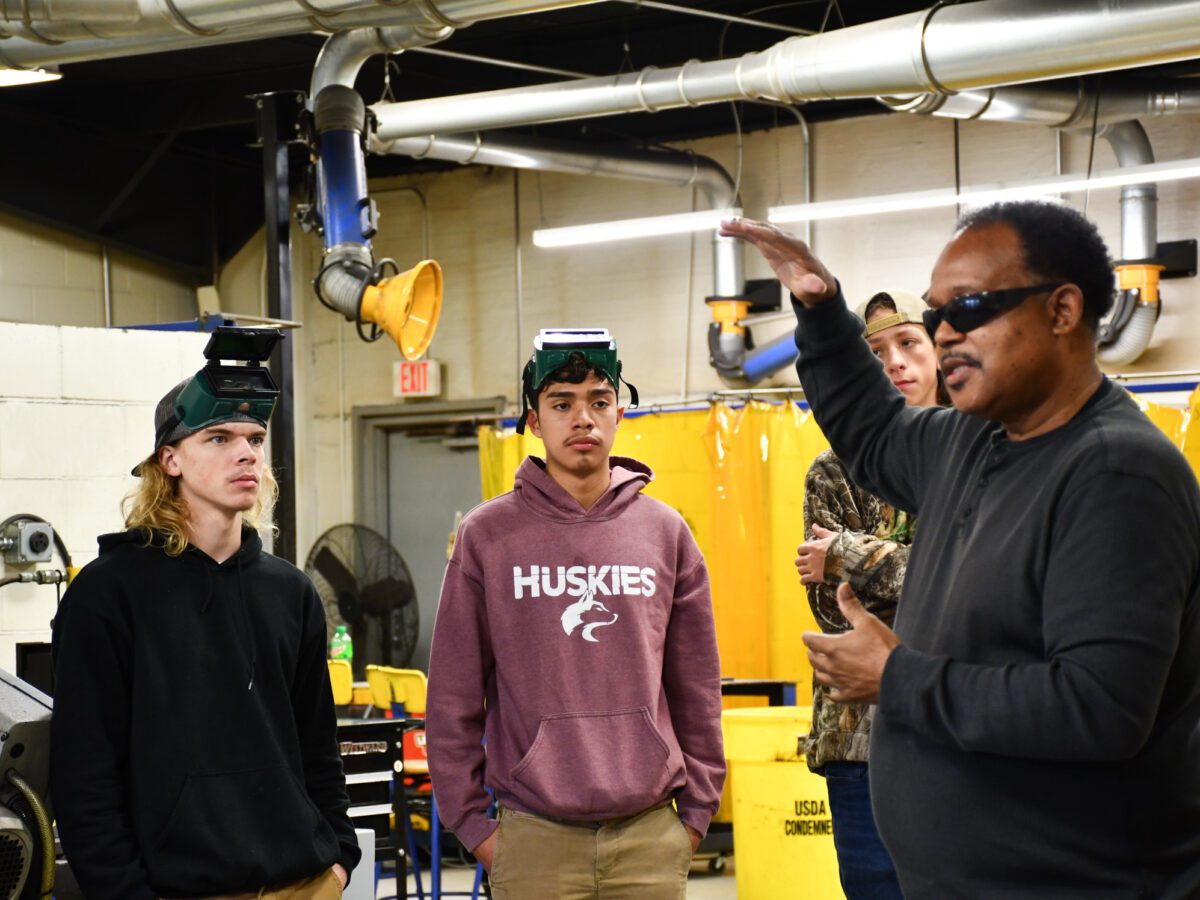
|
|
Dual enrollment increased by 12% in North Carolina during the 2022-23 academic year. According to a recent report to the General Assembly, more than 78,000 students across the state participated in Career and College Promise (CCP) — a program that allows high school students to take college courses tuition-free.
Dr. Brian Merritt, senior vice president and chief academic officer at the North Carolina Community College System (NCCCS), said in a press release that it’s no surprise participation continues to increase statewide.
“These tuition-free opportunities are drivers of economic mobility and generational change for high school students and their families,” he said.
Sign up for Awake58, our newsletter on all things community college.
CCP includes three pathways: college transfer, career and technical education (CTE), and Cooperative Innovative High Schools (CIHS) — also referred to as early colleges. The pathways are structured and provide students opportunities to earn credits that often lead to certificates and associate degrees.
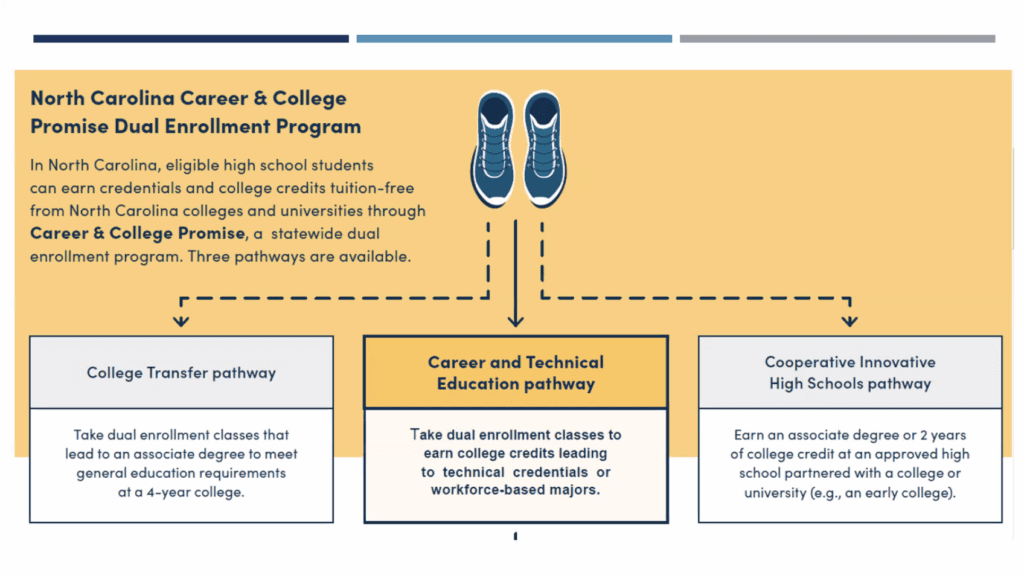
Beyond an overall increase in CCP enrollment, the annual report showed a considerable increase in CTE pathway participation – jumping 21% from the previous year. Participation in the college transfer pathway grew 15%, and CIHS enrollment grew by 1.7%.
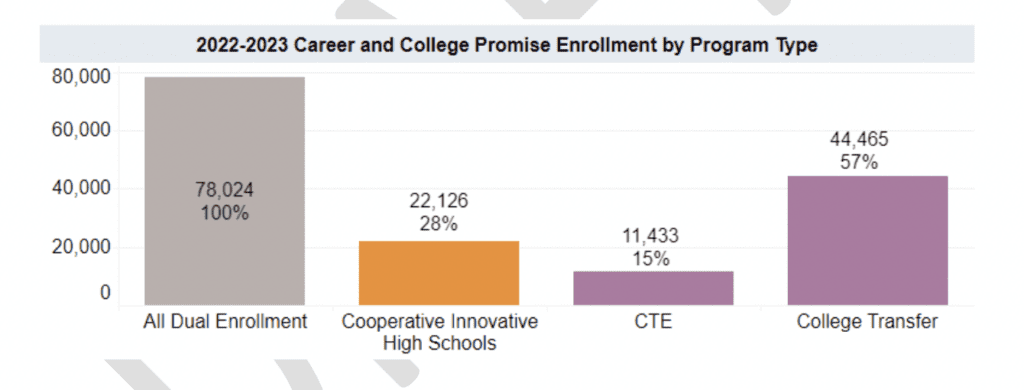
According to Dr. Karen Stout, president and chief executive officer of Achieving the Dream, dual enrollment is the fastest-growing segment of community college enrollment in the nation.
Stout was the keynote speaker during a two-day virtual conference where education leaders across the country convened to learn about dual enrollment and its role in expanding access to postsecondary education.
As dual enrollment continues to grow, Stout said leaders will need to think differently about program design to help more students thrive. Leaders will also need to consider what equitable student access to dual enrollment opportunities looks like.
Stout offered several themes for leaders to consider during the conference:
- The importance of CTE pathways to increase equitable access to dual enrollment.
- Aligning dual enrollment programs with other college offerings in a more strategic manner.
- Articulating a shared vision among partners and then creating a work plan to achieve desired outcomes.
- Focusing on equitable expansion. Specifically, Stout recommended creating culturally-focused and community-specific outreach, engaging prospective students earlier, and bringing advising/classes to students.
You can view EdNC’s recap of the dual enrollment conference by clicking below.
North Carolina and dual enrollment
North Carolina has long been a leader in dual enrollment programs – dating back over 30 years when the first iteration of the program launched.
When CCP was designed, it was done in such a way that students could earn a credential in less time than would normally be required. And regardless of their path – obtaining a degree, earning college transfer credits, or pursuing a credential to transition to the workforce – students would save time and money, both of which are linked to an increased likelihood of postsecondary attainment.
During EdNC’s 2o22 impact tour of North Carolina’s 58 community colleges, one area we focused on was the impact of Career and College Promise. Our visits and interviews led to a series of articles lifting up promising practices and opportunities for the state’s dual enrollment program.
Research has consistently found that Career and College Promise benefits students, parents, and North Carolina as a whole.
A five-year study showed students who participated in CCP had higher high school graduation rates and higher postsecondary enrollment rates than those who did not. The study compared CCP students to a similar group of students who did not participate in CCP over seven years.
Students in college transfer or CTE pathways were 9% more likely to enroll in a North Carolina public college after high school. CIHS students were 27% more likely to enroll in a North Carolina public college after graduating.
The study also found that economically disadvantaged students and those from underrepresented racial and ethnic groups benefited most from CCP.
Participation in CCP exposes students to college and is a tremendous confidence booster, particularly for first-generation college students.
A 2021 study found that CCP participation among public high school and charter school students in 2019-20 was higher in Tier 1 counties, which are the state’s most economically distressed counties.
For a lot of students, participating in CCP is a direct path to their career right after high school graduation – particularly if enrolled in a career and technical education pathway.
Research has consistently shown that CIHS students outperform traditional high school students on a variety of metrics. The CIHS design guidelines are facilitated by an intimate learning environment and small student population, a rarity at traditional public high schools. This intimacy allows students to form meaningful relationships with their teachers and peers, making the school feel more like a family.
CIHS provide students with invaluable opportunities upon graduating high school that they may not have otherwise had. Many are focused on ensuring students complete their associate degree and successfully transfer to a four-year college or university.

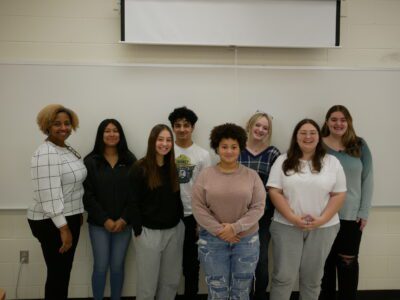

As EdNC discovered in our visits, dual enrollment matters.
It matters to the student who thought college was out of reach because of finances. It matters to the student who struggled with self-confidence, never imagining that passing a college-level course would be the boost they needed. It matters to the student who found their calling in an HVAC class and now wakes up every morning excited to go to work.
And it matters to the state, as we push toward the postsecondary attainment goal in hopes of building a strong workforce for future generations.
Recommended reading



